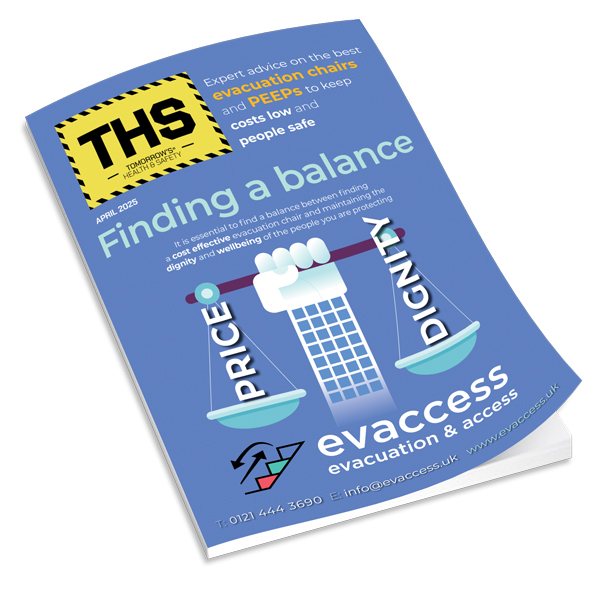Churchill Environmental, a division of soft service provider Churchill Group, has launched a Covid-19 swab testing service to help organisations safely manage buildings and protect occupants pre- and post-lockdown.
SARS-Cov-2 is a strain of coronavirus that has caused the Covid-19 outbreak. The virus is predominantly transmitted from person to person via droplets, but it can also be spread from contaminated surfaces through everyday human activity or airborne droplets in building ventilation systems.
The virus can remain airborne for up to three hours and survive for days on some surfaces, so a carefully planned strategy for preventing its spread will play a key part in allowing facilities and property managers to reopen premises safely.
Churchill’s team of consultants and operatives will work with organisations on a twofold SARS-Cov-2 mitigation strategy: a professional swabbing service, followed by robust lab-based Covid-19 testing for positive samples.
SARS-Cov-2 swab tests have been developed to confirm the presence of the virus on environmental surfaces, such as door handles, work surfaces, ventilation system grilles and filters, over a 25cm2 area, using a sterile swab pre-moistened with phosphate-buffered saline. These easy-to-administer tests will be taken, transported and analysed safely, and in accordance with World Health Organisation protocols.
Test results and certificates confirming the absence or presence of the SARS-Cov-2 virus will be available 72 hours from receipt of the samples at the laboratory, with a further 24 hours should an ID for Covid-19 be required following a positive result.
Spencer Culley, MD of Churchill Environmental, said: “Routine swab tests will help determine, monitor and ultimately strengthen the effectiveness of measures in place to protect the health and safety of building occupants, providing much needed assurances for employees. As symptoms vary from person to person, and can remain hidden for some time, building managers will have to assume that any number of occupants coming back to work have the virus. So, the ability to know when surfaces or touch-points are contaminated will play a significant role in mitigating the spread of the virus and reducing the chances of a second wave.”






















